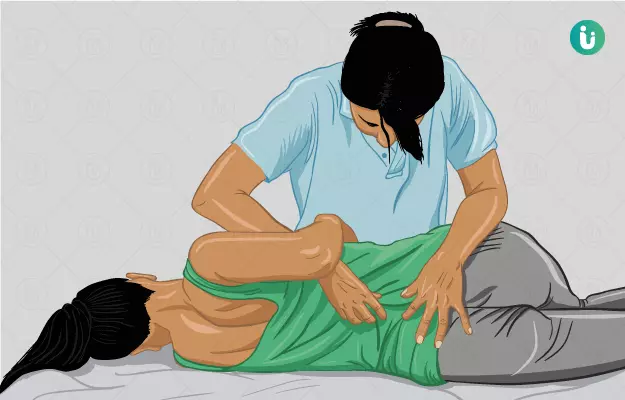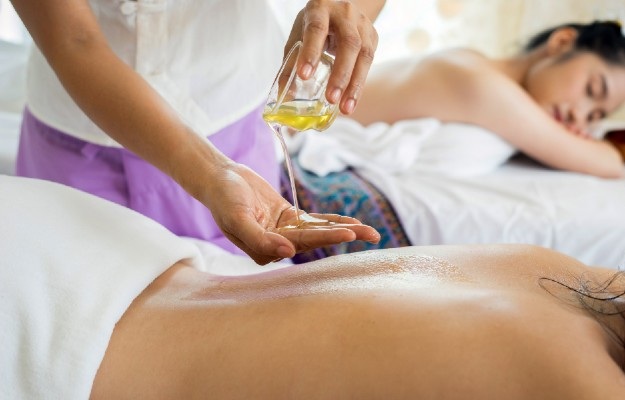Chiropractic therapy is a type of complementary and alternative medicine (CAM) and is concerned primarily with mechanical disorders of the musculoskeletal system, especially those concerning the spinal column. The key principle of chiropractic therapy is a manual manipulation of the spine, joints and soft tissues. The main aim of good chiropractic therapy is the application of force to the areas of the spine that are stiff or hypomobile, while avoiding areas of hypermobility or instability. These manoeuvres are referred to as adjustments and spinal adjustments are the most important component of chiropractic therapy. Spinal manipulation or adjustment is a manual treatment where a vertebral joint is passively moved between the normal range of motion. It is most commonly used by chiropractors but is also occasionally employed by osteopaths, physiotherapists and physicians. Practically all chiropractors use spinal manipulation regularly to treat low back pain and other musculoskeletal pain. Spinal manipulation therapy consists of two broad concepts – manipulation and mobilisation. Manipulations move a joint through its normal range of motion passively by employing techniques such as – nonspecific, long‐lever techniques or specific, short‐lever, high‐velocity, low‐amplitude techniques (the most common forms of chiropractic adjustment). Mobilization is where the joint remains within a passive range of movement and no sudden thrust or force is applied. In addition to manipulation and mobilisation, chiropractors also use manual traction, passive stretching, massage, ischemic compression of trigger points and reflex techniques designed to reduce pain and muscle spasm. Besides spinal manipulation therapy, chiropractors also recommend and prescribe therapeutic exercise and stretching, spinal traction, manual soft tissue therapy, transcutaneous electric nerve stimulation (TENS), ultrasound wave therapy, diet and nutritional counselling and lifestyle modification for a holistic approach to treatment. Although evidence suggests that chiropractic therapy may not have a role in preventive medicine as prophylaxis, it does help as a complementary treatment to allopathic medicine for back pain, joint pain and musculoskeletal pain. Chiropractic treatments can be used in children, adults and the elderly who do not have any contraindicating factors towards it.
New Year Bumper Sale @ Rs. 1
X

- हिं - हिंदी
- En - English
- Treatment
-
- Skin Issues
- Acne
- Fungal Infection
-
- Hair Problems
- Hair Growth
- Hair Dandruff
- Self-Analysis
-
- Chronic Diseases
- Diabetes
- Heart Care
- Weight Loss
- Sleep Support
- Liver Care
- Stress & Anxiety
- Our Brands
- Doctor Consultation
- Medicine A-Z
-
Health A-Z
-
- Treatments
- Home Remedies
- Herbs
- Surgery
- Lab Test
- Therapy
- First Aid
- Ayurveda
- Homeopathy
-
- Yoga And Fitness
- Fitness
- Yoga
- Weight Loss
- Weight Gain
-
- Other Topics
- Baby Names
- Beauty
- Healthy Foods
- Tips
- Health News
- Pet Health
- Men Health
- Medical Cannabis
- Login / Sign Up





































